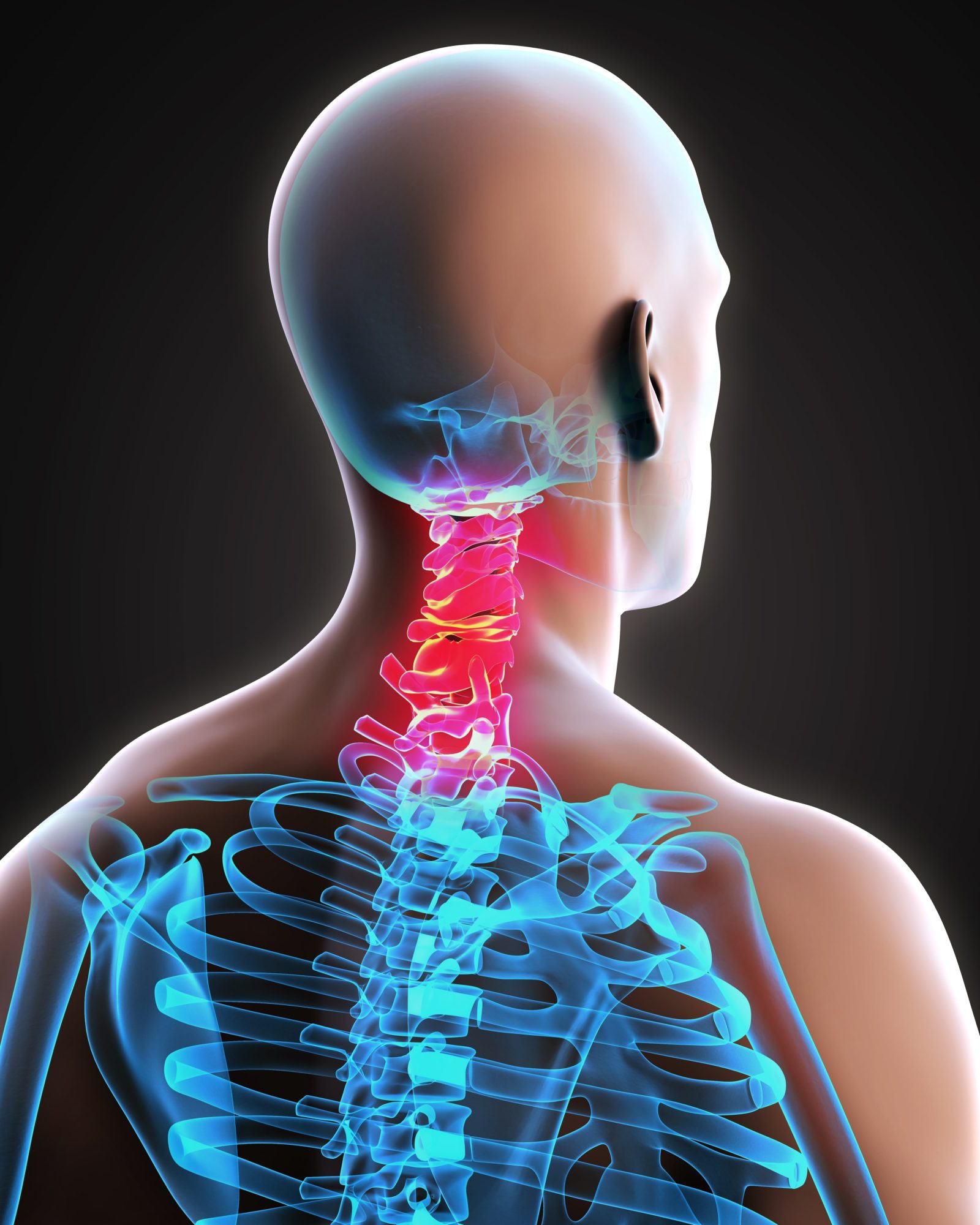Millions ocf Americans are affected by whiplash every year. Whiplash is a neck strain or sprain that can occur when the head suddenly snaps forward, then immediately backward. This is the same motion seen in a whip, which is where whiplash gets its name. A neck strain is when the muscles are overstretched and a neck sprain is when the ligaments are overstretched, however both types of injuries are collectively known as whiplash. In addition to the basic definition of whiplash, here are five other facts about whiplash:
Most Commonly Caused by Car Accidents
The most common cause of whiplash are rear-end collisions that cause an individual’s head to snap forward, then backward suddenly. However, whiplash can be caused by any action that results in this sudden forward and backward motion. Some other possible causes of whiplash include sports injuries, amusement park rides, physical abuse, blows to the head, horseback riding, cycling accidents, and falls.
Can Cause a Range of Symptoms

As mentioned above, whiplash can either be a neck strain or sprain. However both types of injuries result in a similar range of symptoms. These symptoms generally occur within the first 24 hours following the incident, however sometimes it may take a few days before symptoms appear. Once symptoms have started, they can continue for several weeks after the incident. Some common symptoms of whiplash include: neck pain or stiffness, headaches that originate where the head meets the neck, weariness, blurred vision, and dizziness. Although not as common, whiplash can also cause concentration and memory problems, ear ringing, irritability, sleeping problems, and chronic pain in the neck, shoulders, or head.
Requires You Be Seen by a Health Professional
Any time you suspect whiplash, it is important to have a doctor examine you. Even mild neck pain after an incident can indicate whiplash and should be evaluated. This is because whiplash may also be accompanied by other types of injuries. For example, the quick forward and backward movement associated with whiplash can also cause the brain to hit the inside of the skull, resulting in a concussion. Not to mention there is always a possibility of fractures, as well as possible injury to the larynx or esophagus after a whiplash. Being carefully examined by a health professional after sustaining a possible whiplash injury simply makes sure that everything else is as it should be. Your doctor can also provide insight on how to effectively recover from whiplash.
Seeing a Spinal Specialist May Help
Last, but certainly not least, seeing a spinal specialist can help if you have a moderate to severe case of whiplash. This is because spinal specialists can perform additional diagnostic tests to determine if there are other spinal conditions that need attention. For example, whiplash can also cause spinal fractures, herniated discs, and ligament injury. All these of which can be effectively treated by a spinal specialist. When it comes to treating whiplash, there are any treatment options your specialist may recommend depending on the severity of your case. In some cases, over the counter pain medications may be enough to manage discomfort until the tissues have healed. However, other cases may require a soft cervical neck collar, physical therapy, spinal manipulation, and in rare cases, trigger point injections or surgery.










